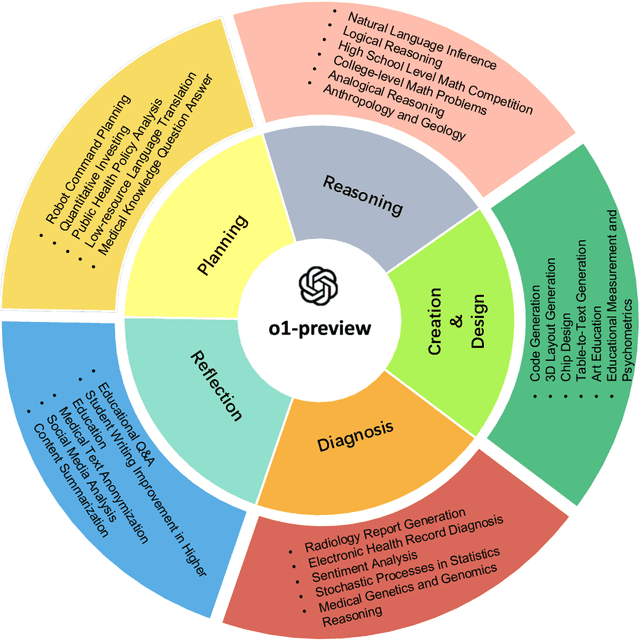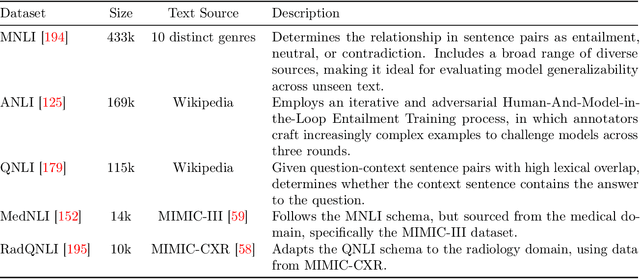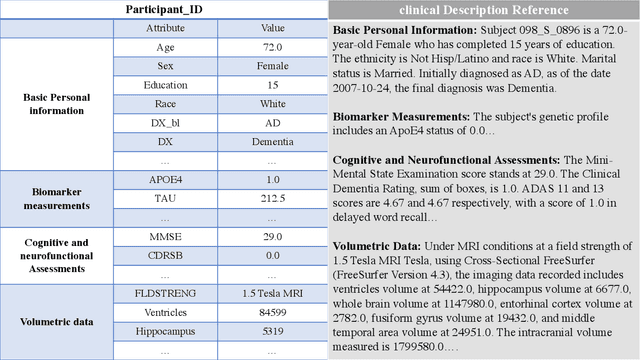Arif Hassan Zidan
Unveiling the Mathematical Reasoning in DeepSeek Models: A Comparative Study of Large Language Models
Mar 13, 2025Abstract:With the rapid evolution of Artificial Intelligence (AI), Large Language Models (LLMs) have reshaped the frontiers of various fields, spanning healthcare, public health, engineering, science, agriculture, education, arts, humanities, and mathematical reasoning. Among these advancements, DeepSeek models have emerged as noteworthy contenders, demonstrating promising capabilities that set them apart from their peers. While previous studies have conducted comparative analyses of LLMs, few have delivered a comprehensive evaluation of mathematical reasoning across a broad spectrum of LLMs. In this work, we aim to bridge this gap by conducting an in-depth comparative study, focusing on the strengths and limitations of DeepSeek models in relation to their leading counterparts. In particular, our study systematically evaluates the mathematical reasoning performance of two DeepSeek models alongside five prominent LLMs across three independent benchmark datasets. The findings reveal several key insights: 1). DeepSeek-R1 consistently achieved the highest accuracy on two of the three datasets, demonstrating strong mathematical reasoning capabilities. 2). The distilled variant of LLMs significantly underperformed compared to its peers, highlighting potential drawbacks in using distillation techniques. 3). In terms of response time, Gemini 2.0 Flash demonstrated the fastest processing speed, outperforming other models in efficiency, which is a crucial factor for real-time applications. Beyond these quantitative assessments, we delve into how architecture, training, and optimization impact LLMs' mathematical reasoning. Moreover, our study goes beyond mere performance comparison by identifying key areas for future advancements in LLM-driven mathematical reasoning. This research enhances our understanding of LLMs' mathematical reasoning and lays the groundwork for future advancements
Evaluation of OpenAI o1: Opportunities and Challenges of AGI
Sep 27, 2024



Abstract:This comprehensive study evaluates the performance of OpenAI's o1-preview large language model across a diverse array of complex reasoning tasks, spanning multiple domains, including computer science, mathematics, natural sciences, medicine, linguistics, and social sciences. Through rigorous testing, o1-preview demonstrated remarkable capabilities, often achieving human-level or superior performance in areas ranging from coding challenges to scientific reasoning and from language processing to creative problem-solving. Key findings include: -83.3% success rate in solving complex competitive programming problems, surpassing many human experts. -Superior ability in generating coherent and accurate radiology reports, outperforming other evaluated models. -100% accuracy in high school-level mathematical reasoning tasks, providing detailed step-by-step solutions. -Advanced natural language inference capabilities across general and specialized domains like medicine. -Impressive performance in chip design tasks, outperforming specialized models in areas such as EDA script generation and bug analysis. -Remarkable proficiency in anthropology and geology, demonstrating deep understanding and reasoning in these specialized fields. -Strong capabilities in quantitative investing. O1 has comprehensive financial knowledge and statistical modeling skills. -Effective performance in social media analysis, including sentiment analysis and emotion recognition. The model excelled particularly in tasks requiring intricate reasoning and knowledge integration across various fields. While some limitations were observed, including occasional errors on simpler problems and challenges with certain highly specialized concepts, the overall results indicate significant progress towards artificial general intelligence.
 Add to Chrome
Add to Chrome Add to Firefox
Add to Firefox Add to Edge
Add to Edge